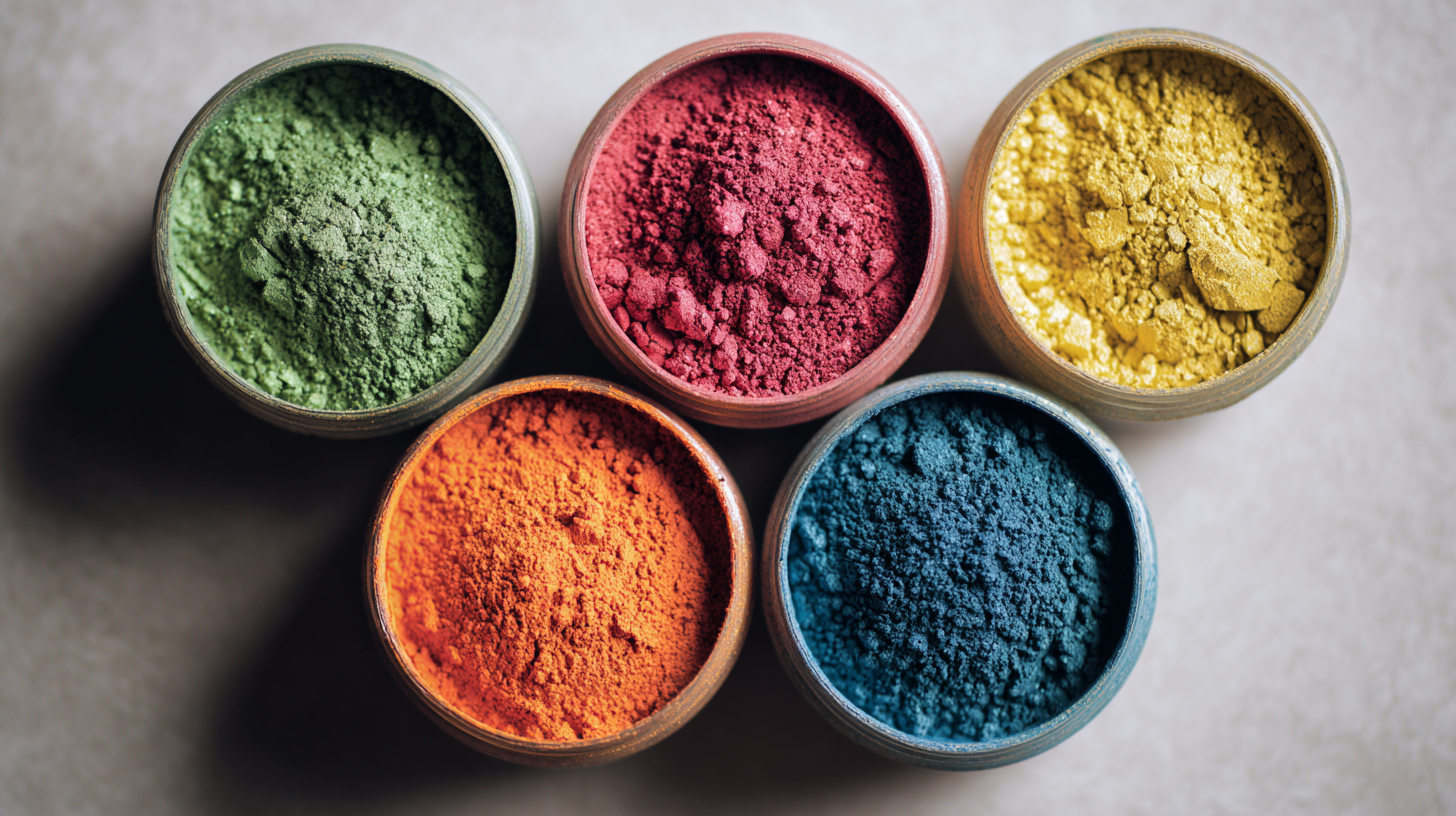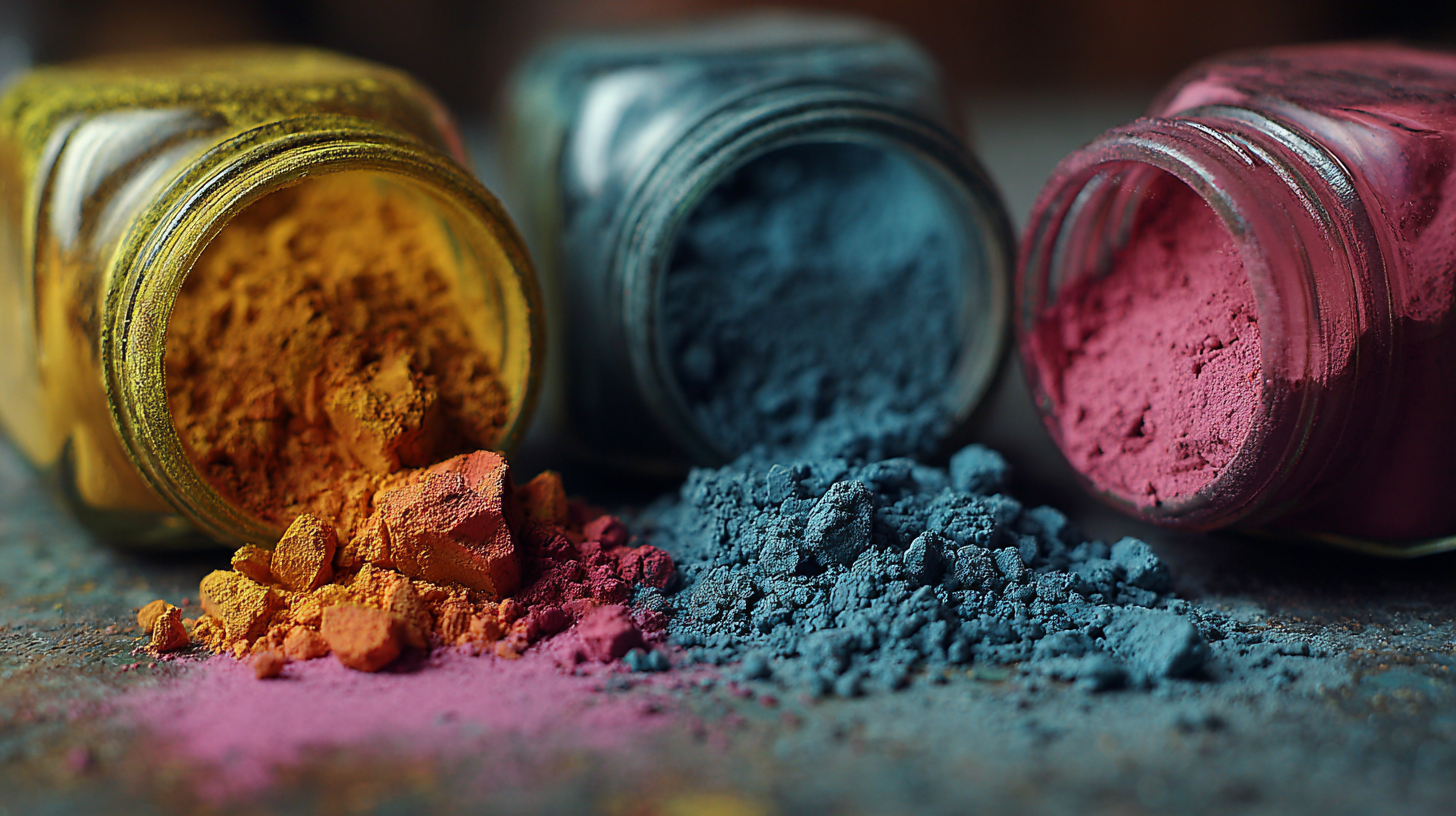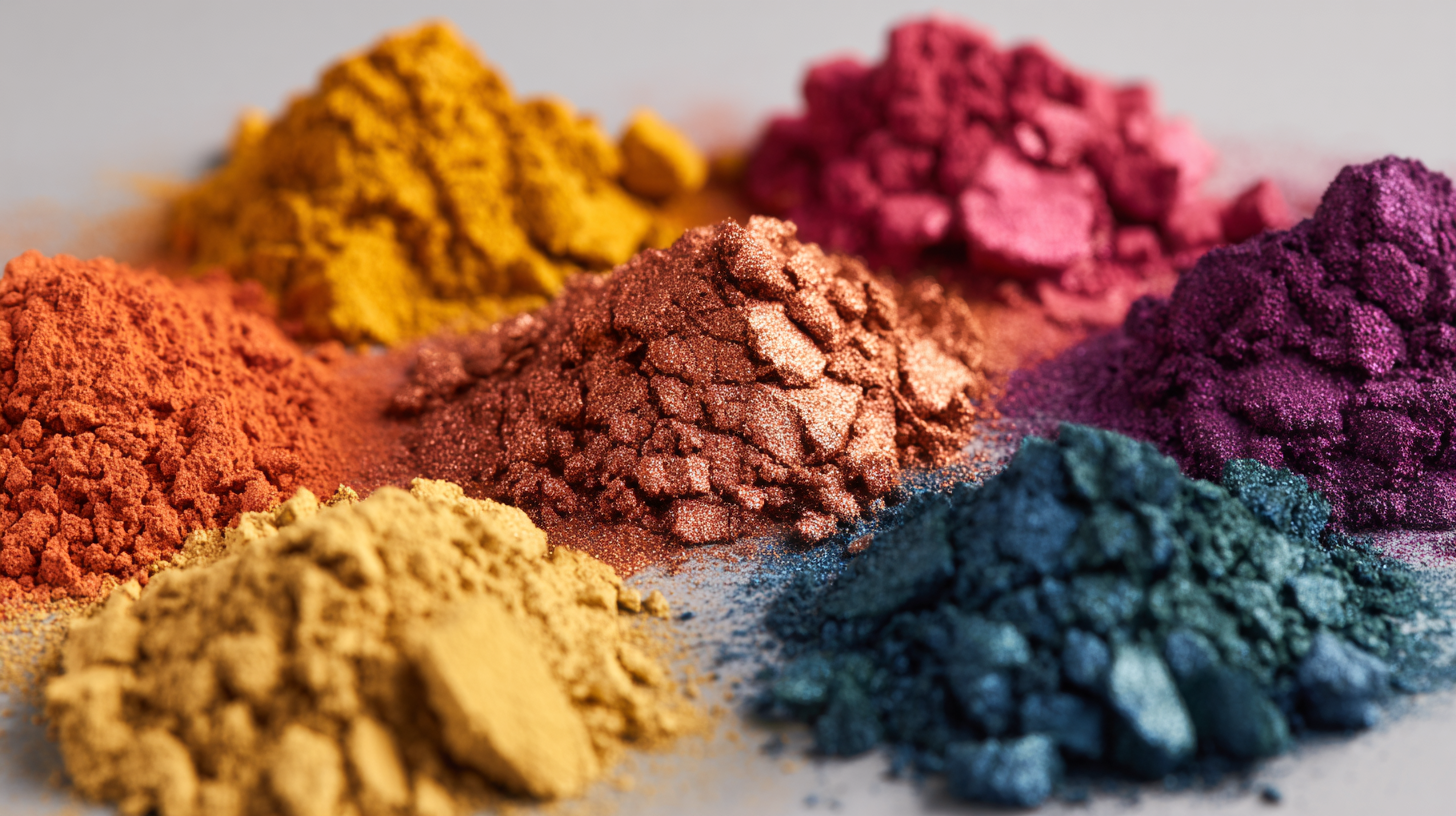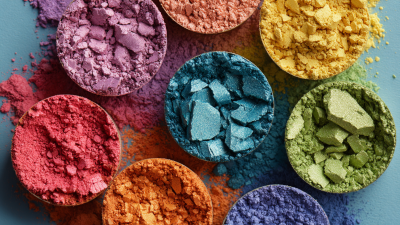In the realm of art and craft, the vibrant world of Mica Color Powder has emerged as a transformative tool for artists looking to elevate their projects. According to a recent market analysis by Grand View Research, the global mica powder market is projected to reach USD 3.2 billion by 2025, driven by its increasing application in cosmetics, paints, and artistic endeavors. Mica Color Powder, known for its exceptional light-reflecting qualities and versatility, provides an array of stunning color options that can enhance the visual appeal of any creation. Whether you are a seasoned artist or a hobbyist, understanding how to effectively use Mica Color Powder can unlock new levels of creativity, allowing for eye-catching designs and innovative techniques. This comprehensive guide will walk you through the ins and outs of Mica Color Powder, ensuring that you are well-equipped to create breathtaking art projects that truly stand out.

Mica color powders have emerged as a versatile medium for artists, owing to their distinctive properties and vibrant effects. Understanding the different types of mica and their characteristics is essential for optimal usage in art projects. For instance, pearlescent mica-doped formulations have gained popularity as stable mediums for both two-dimensional and three-dimensional art compositions. These formulations provide unique color variations and textures that are not commonly achieved with traditional pigments, allowing artists to explore new creative avenues.
Recent industry insights highlight the growing significance of mica in advanced materials. Research indicates that hybrid films incorporating various organo-mica contents exhibit similar optical properties, with some formulations showing superior thermomechanical performance. This suggests that the integration of mica into materials science is multifaceted, extending beyond traditional applications and enhancing both aesthetic and functional properties. Furthermore, innovations such as mica-based adsorbents demonstrate the mineral's potential in both environmental applications and art, underscoring its versatility across different sectors.
Mica color powder is a versatile and vibrant medium that can elevate various art projects. Artists often use mica powder in painting, offering a shimmery finish that adds depth and dimension to their work. When mixed with acrylic or resin, it not only enhances colors but also creates a unique texture that can mimic natural elements like stones or metals. This iridescence is particularly popular in abstract art, where the interplay of light and shadow can be showcased, making the artwork come alive.
In addition to painting, mica powder is frequently utilized in crafts such as handmade soaps, candles, and cosmetics. When incorporated into soap-making, mica not only provides stunning colors but also a luxurious visual appeal that entices customers. Crafters can blend different mica hues to achieve custom color palettes, making each creation unique. Similarly, in cosmetics, mica powders are favored for their ability to create shimmering effects in eyeshadows and other products, allowing users to experiment with bold looks or subtle highlights. The multifunctional nature of mica color powder makes it an essential component for any artist or crafter seeking to add a touch of brilliance and sophistication to their projects.
Mica color powder is increasingly popular among artists and crafters, renowned for its versatility and vibrant hues. According to a report by Market Research Future, the global mica powder market is expected to reach a value of $1.3 billion by 2025, signaling a growing interest in its applications in various art forms. To maximize the use of mica color powder in artistic projects, understanding effective mixing techniques is essential. Artists can combine mica powder with mediums such as resin, paint, or varnish to create stunning effects. For instance, when mixed with epoxy resin, mica can produce a shimmering finish that enhances the visual depth of artwork.

One effective technique to use mica color powder involves blending it directly into wet mediums to achieve a uniform color distribution. A study on color consistency in art materials highlights that premixing the powder with a small amount of medium can help avoid clumping and ensure smoother application. Moreover, layering different shades of mica can create captivating textures and gradients, offering endless creative possibilities. Artists should also consider the lighting in which their work will be displayed, as mica reflects light in unique ways, making colors appear more vibrant. By mastering these techniques, artists can elevate their projects and fully realize the potential of mica color powder.
When selecting the right mica color powder for your artistic style, consider the specific effects you want to achieve in your projects. Mica powders are known for their vibrant colors and shimmering appearance, making them a favorite among artists. According to a report by Allied Market Research, the global mica market is expected to reach $1.7 billion by 2027, underscoring the rising popularity of this medium in various artistic applications.

For beginners, choosing a basic palette of primary colors can help you experiment with mixing and layering. As you become more comfortable with the material, consider investing in specialty powders that offer unique finishes, such as metallic or holographic effects. Remember, different brands may vary in quality and pigmentation; always check product reviews or seek recommendations from fellow artists to ensure you’re getting the best for your needs.
Tips: When mixing mica powder with a medium, start with a small amount and gradually increase until you reach your desired intensity. Also, consider the texture of your base material—mica can react differently on smooth surfaces compared to textured ones, allowing for varied outcomes in your artwork.
When working with mica color powder, safety should be a top priority to ensure a positive and secure crafting experience. First and foremost, always wear protective gear, such as gloves and a mask, to minimize inhalation and skin contact with the fine powder. Mica particles can become airborne easily, leading to respiratory irritation. Therefore, working in a well-ventilated area is critical; consider using a dust mask or respirator when mixing or pouring the powder.
Additionally, keep your workspace organized and clean to avoid accidental spills and contamination. Using dedicated tools for applying mica can help prevent cross-contamination with other materials. Be mindful of the disposal of excess mica; check local regulations for guidance on safe disposal methods. Lastly, always read product labels for specific safety information related to the mica powders you are using, ensuring that you're informed about any potential hazards. By incorporating these best practices, you can fully enjoy your creative projects while prioritizing safety.






